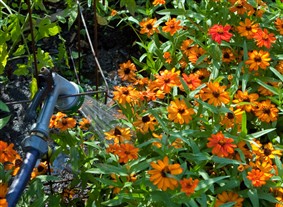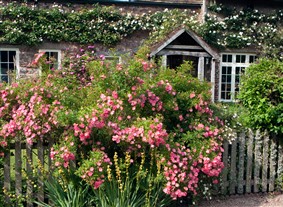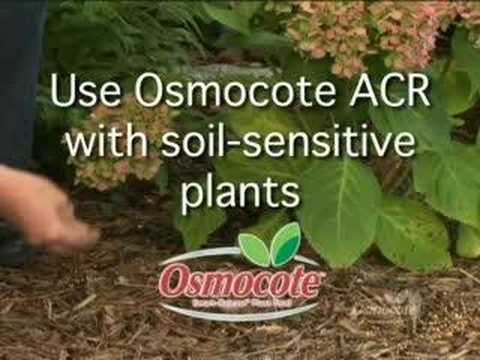The Key to Healthy Soil
Views: 5634
.jpg)
A garden editor was visiting my kitchen garden. He looked at my vegetable beds and said, “You really have healthy soil.”
I savored the compliment. Thank you, I work very hard at it. Dirt. It all comes down to the dark, crumbly layer of the earth’s crust, where worms and microbes live—the stuff that sticks to your hands and gets embedded in your fingernails.
When I began building my kitchen garden, I started with a typical suburban landscape in the Midwest. It was a site that had been scraped clean when the builder built the house, removing the topsoil and leaving some pale, clayey, rocky mess, devoid of organic matter. I was left with a hard cracked surface resembling concrete.
Growing Healthy soil
To grow a bountiful garden, especially one that is overflowing with things to eat, you should focus on growing soil, not necessarily crops. Take time to prepare the beds, adding copious amounts of organic matter and tilling the soil. New garden preparation can be a slow process, but you wont regret the time and labor. A well-prepared and maintained planting bed will increase your harvest, cut down on weeding, and last for many years.
Midwestern soil is notoriously heavy in clay. Every part of the country has its own peculiar problems. In fact, anywhere I travel and talk about gardens there are issues related to soil. Too clayey, too sandy, too acidic, too rocky, and so on. To those blessed with perfect soil, go ahead and plant. The rest of us need to amend to have healthy soil.
Determining your soil’s texture
The main soil factor that affects the growth of plants is texture. Texture will vary depending on what part of the country you live in.
Sandy soil dries out quickly because water passes rapidly through the particles, taking with it any nutrients. On the other end of the spectrum, dense clay soils have little air between particles, so the soil is not permeable—water does not drain through it.
If you grab a handful of dirt, squeeze it in your hand, and the soil holds together in a molded clump, you have clay soil. Another sign of clay soil: after a rain, does the water stay on the surface in a puddle? If the answer is yes, then you have clay soil. But any soil can be modified by adding organic matter.
Adding compost to your soil
The ideal texture is a loamy healthy soil that crumbles gently in your hand.
When you create a new planting bed, remove the sod and add four inches of compost to the topsoil. Till in to a depth of 8 to 12 inches. Then plant.
The slow method is to layer newspaper on the grass, add layers of compost and organic matter, wait half a season (through the winter) then till and plant in the spring. Patience and copious amounts of compost are required to develop soil. It doesnt happen in a season. Every spring and every time you replant through the season add more organic matter to replace the nutrients youve just taken out in the form of a leaf, bulb or fruit.
This week I am harvesting leafy, red cabbage. Even in the middle of July harvesting, I will add some compost and replant. I can’t resist working the warm summer soil with my hands. This is the life of a gardener. My fingernails are still black.
Meet Jennifer Bartley
Jennifer Bartley grew up on a ravine near an ancient Indian mound. She remembers spending glorious childhood days picking wildflowers and playing in an old,…
Jennifer's Recent Posts

Hand Watering the Kitchen Garden








